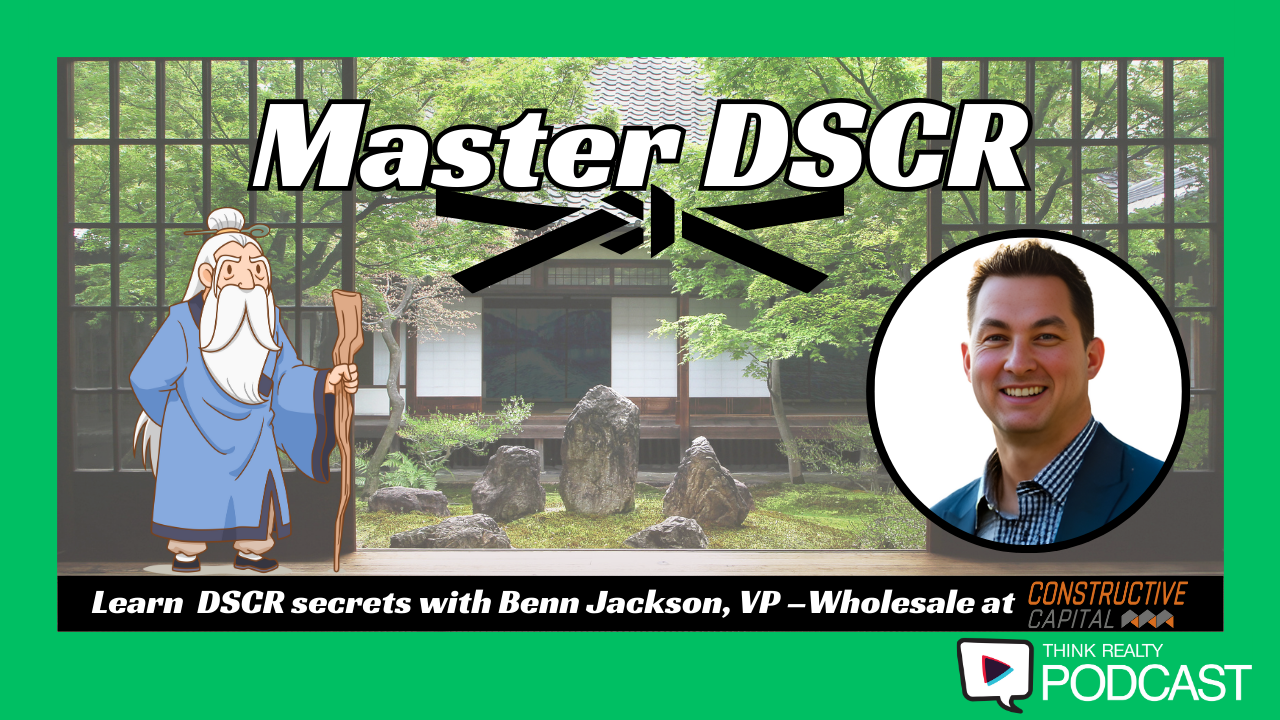Working with your borrowers to help them understand which home improvements are known to pay off can lead to more successful investments and loyal, partner-focused clients.
Whether a new-to-the-scene landlord or a seasoned fix-and-flipper, a real estate loan investor will likely want to make improvements to any recently purchased property to increase its potential income. For lenders, this presents an opportunity: Guiding investors through this often-fraught decision-making process can be the difference between a successful and a failed investment.
Yes, it takes time and effort for lenders to educate themselves about the current state of any given market and to consult with their customers about the best way to position property to achieve their investment goals, but that is the best way to work toward a profitable venture. Identifying home improvements that will deliver value are vital. Helping a customer succeed is time and energy well spent and demonstrates the lender’s commitment and willingness to be a partner.
Encouraging the Right Improvements
It is essential to make home improvements that are generally known to pay off, no matter local market conditions.
Exterior Improvements. Curb appeal will always matter, so improving the exterior to catch homebuyers’ attention is an effort worth pursuing. Curb appeal improvements alone can add up to 7% of the home price, says a Sept. 6, 2019, study published in the Journal of Real Estate Economics and Finance. Improvements that impact curb appeal include siding or stone veneers, fresh paint, windows, shutters, doors, garage doors as well as minor features such as address numbers, mailboxes, and outdoor lighting. A February 4, 2022, article in HomeLight notes that paint can add 152% ROI to home value, and a new garage door can add up to 133% more. Be sure landscaping—lawn maintenance, walkways, mulching, and tree care—is neat, clean, and welcoming.
Interior Improvements. When it comes to interior upgrades, start with kitchens and bathrooms, which consistently increase a home’s value. These are places where people need the most comfort. For example, consider updating floors, countertops, fixtures for cosmetic improvement, and appliances for energy efficiency. Think replacement and upgrades and not a full remodel, which can be much more costly and might not offer the same return on investment. On the more extensive side of renovation, items like a double sink vanity can be desirable for busy families. A kitchen pantry or island that adds cabinet storage are some of the most highly-ranked items on buyers’ wish lists.
Beyond core home improvements, buyers and renters look for secondary upgrades that change based on current popular trends. Understanding these emerging home improvement trends will also help investors identify how best to provide additional value when completing a rehab project. According to a joint 2022 report by the National Association of Realtors (NAR) and the National Association of the Remodeling Industry (NARI), five key projects that add the most dollar value to a sale based on recent trends are refinishing hardwood floors, installing new wood floors, upgrading insulation, converting a basement into a living area, and renovating closets.
How Much Improvement Is Too Much?
This is a more challenging question whose answer will be specific to the property and market. When evaluating ROI for improvements, it is crucial to recognize that appraised value is a different outcome than the sale price.
For example, even if the investor target price for sale is $300,000, often a property gets appraised for $250,000 simply because the appraiser’s opinion was based on data from other properties on the same street. If all the other homes in that subdivision sold for $250,000, the appraiser is unlikely to return a valuation of $300,000. But if the right improvements are made, that property may sell for $260,000 or $270,000 because of the improvements. The more likely scenario is that it will still sell in the neighborhood of $250,000 but will attract more traffic and likely sell faster than properties in the same area with fewer improvements. In other words, while cosmetic changes may not impact the property’s appraised value, cosmetic changes will attract the right homebuyers more quickly.
Some costly renovations will not translate to increased home value and may not attract buyers. For example, investors may be wise to hold off on replacing a roof unless it’s damaged—it’s too costly to undertake for cosmetic reasons.
For the most part, investors can get away with making minor improvements to settle the house for the average value. Nevertheless, it is essential to spend money in the right places if they want to yield a more significant profit, spark a bidding war, and ensure a quick settlement. Good, quality renovations to a property, even in a traditionally less coveted location, can make all the difference in attracting enthusiastic buyers.
Recently, for example, an investor bought a property for $150,000 and borrowed $80,000. He later decided an expansion could add more value, so he put an additional $50,000 of his own money into the project. Although the investor focused on the core improvements of exterior curb appeal plus kitchen and bathroom renovations, he also realized that by adding just a little more living space he could take advantage of a thriving market. He turned around the house, repaid the loan, and netted more than $100,000 of profit.
An Active Dialogue
Cultivating a more personal and helpful relationship with customers and ensuring you are on the same page takes time and trust. As a lender, ask many questions and even request photographs of any renovations to see the type and quality of the work. Set an expectation for your investors to engage with their contractors in this same collaborative manner to ensure expectations are aligned and the improvements will improve property value.
It is not a one-sided conversation. Sometimes more seasoned investors will know much more about the neighborhood and the market than you will, so it is essential to listen to their insight. For example, one investor who toured some of his 200 properties a few years ago decided that in each home, he would make serious bathroom renovations. Wherever he could, he installed a wider shower and used high-quality materials. He removed the family room and enlarged the kitchen in every house he owned. He demonstrated that the trend among his renters was to use the kitchen as a gathering space and that more bedrooms were preferable to a family room.
More than a Lender—A Trusted Collaborator
We all know attracting new business is more challenging than cultivating long-term, mutually beneficial relationships with borrowers. Providing an advisory role brings added value to your service and promotes goodwill—a win-win for everyone. For lenders, this added engagement with customers will result in better relationships that span multiple investments and loans over time. But, as we all know, happy customers can pay off their loan. Our goal as private lenders should be to help them get there sooner and faster, so they can move on to the next investment.











Leave A Comment